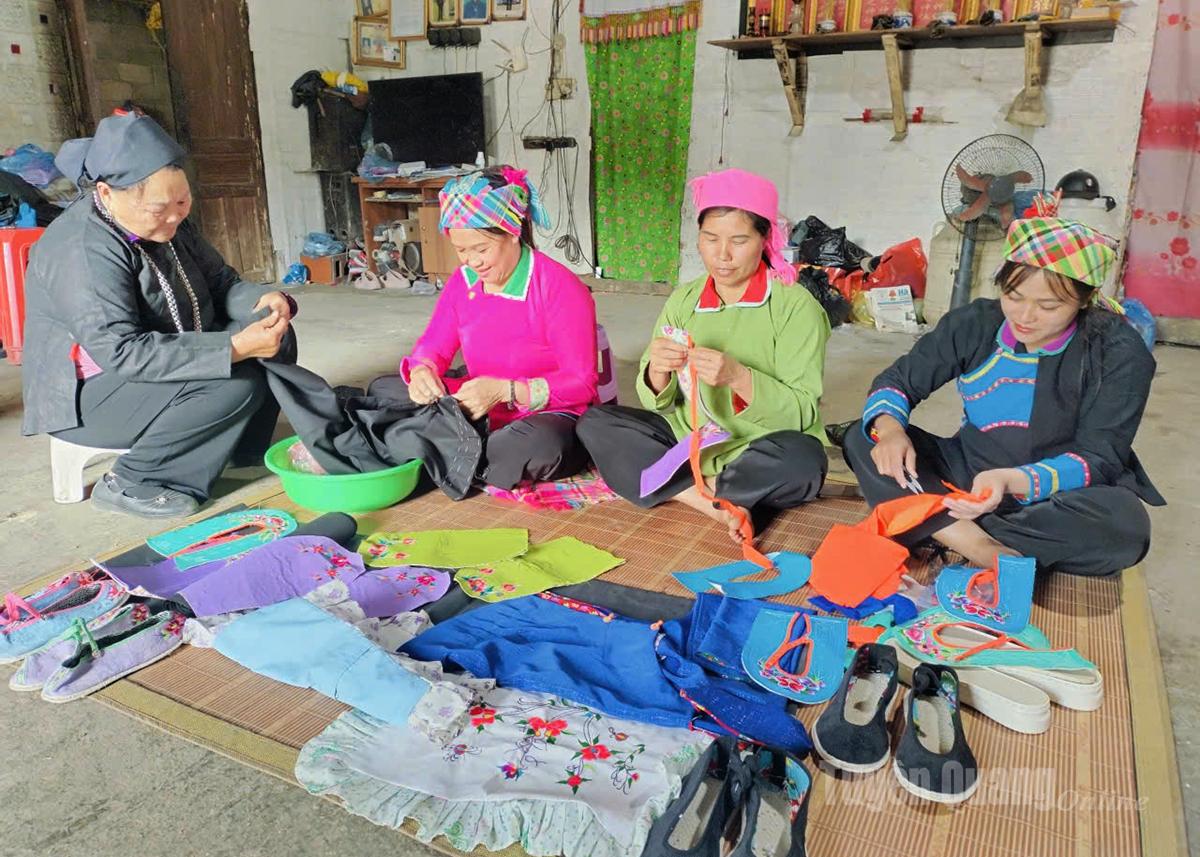 |
| Xuong women keep the traditional craft of embroidering costumes. |
The first signs of a special people
The road leading to Lung Lan village is winding like a silver thread across the mountainside. This season, the fog is thick, only a few simple roofs can be seen at the foot of the mountain. Lung Lan has 121 households, but is home to the Xuong ethnic group with 41 households, a small community with extremely unique cultural values.
Going deeper into the village, the first thing that is easily recognized is the language. The Xuong people in Lung Lan still use the Xuong language, which is close to the Nung language but has a unique tone system and pronunciation, especially the aspirated final sound and long intonation. This is what makes the Xuong language very musical, suitable for sli and luon singing.
The language of the Xuong people is not limited to spoken language. In many families, Nom Xuong script is still preserved on paper, recording genealogy, vows, and traditional rituals. The curved strokes and aesthetic pictographic structures show that this small ethnic group once had a rich history of writing, although not as popular as the Tay - Nung Nom script.
When the sun rises above the mountain top, the Xuong women begin to go out to the yard to dry yarn and shake out the fabric. Under the sunlight, the indigo on their clothes shines a deep blue, dyed from local leaves. The Xuong women wear long indigo shirts with round necks, slightly tied waists, and red-white-blue embroidered sleeves and front panels. The special thing is that the embroidery patterns of water waves, dragon eyes, and four-petaled flowers are completely handmade, each family has its own style, no two are alike.
Xuong men are simpler in their black indigo shirts, with stand-up collars and silver coin-shaped buttons - a symbol of peace. Language and writing: treasures passed down through the kitchen smoke.
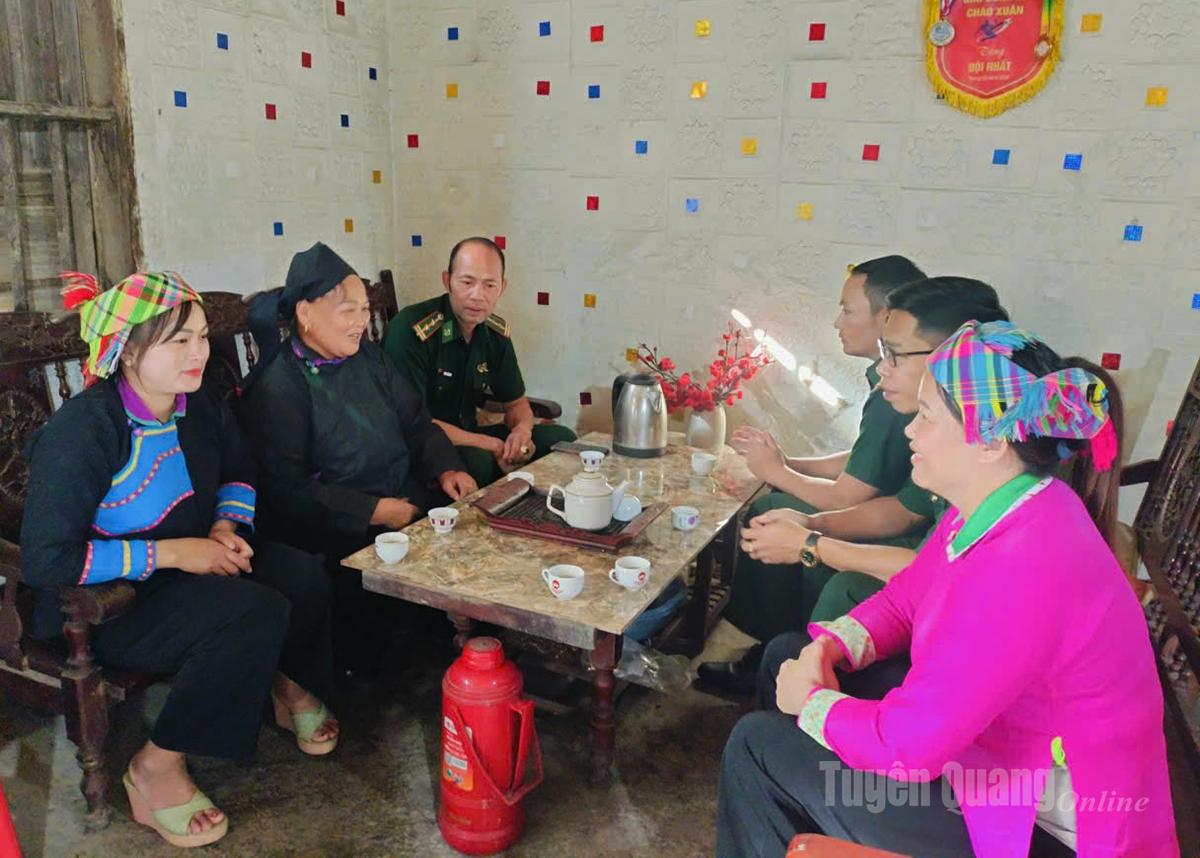 |
| Soldiers of Son Vi Border Guard Station mobilize Xuong ethnic people to preserve traditional cultural identity. |
Embroidery - the hand that retains the color of time
If language is the breath of Xuong culture, embroidery is the heart of women’s lives here. Xuong girls from 7-8 years old must know how to thread a needle and do basic stitches. A little older, they learn how to mix colors and create patterns. Embroidery threads are dyed from indigo leaves, tree bark, and forest tubers, for durable and safe colors.
Ms. Hoang Thi Tuong, Secretary of Lung Lan village Party Cell, shared: “The costumes for weddings, festivals, and Tet are all made by the women in the family. Therefore, the wedding dress of the Xuong girl is not only beautiful but also carries the heart of her parents. Each embroidery on the costume is a story containing the hope for a good harvest, a peaceful family, and healthy children.”
Recently, Son Vi commune has coordinated with the Women's Union to open embroidery classes for young people, both to preserve the craft and to create a livelihood. Products such as brocade bags, baby carriers, and head scarves have begun to be sought after by tourists. Embroidery, which was once thought to be overshadowed by industrial products, has now become an opportunity for Xuong women to escape poverty.
Singing softens the rocks
At night, the mist from the mountain tops flows down to the village, covering the roofs in white. But in each house, the sound of Xuong folk songs still resonates: sli, luon and hat doi. Ms. Hoang Thi Man is one of the few Xuong women here who can sing: To sing well, with the right rhythm is very difficult. Singing sli is long and soulful, often to express feelings and nostalgia. Singing luon is gentle, sometimes telling stories of work, sometimes confessing love. Hat doi is a "game" of intelligence and quick language; boys and girls answer each sentence, whoever has no words will lose.
 |
| In their spare time, Xuong women practice traditional folk songs. |
The sli singing echoes on the mountain slopes, blending with the sound of the forest wind like a symphony of the great forest. During the festival, the Xuong boys and girls wear traditional costumes, singing as they walk, creating a vivid cultural picture that touches the heart.
Captain Vu Mi Va, Head of the Mass Mobilization Team, Son Vi Border Guard Station, shared: “The Xuong people preserve their culture with all their hearts. Every time I hear them sing sli, I feel like I hear the mountains breathing, the sound of the earth and sky resonating. All the soldiers here appreciate that.”
In the context of strong development of highland tourism , Lung Lan faces many opportunities but also many challenges. The introduction of modern culture makes some young people easily get caught up. However, the village leaders and Son Vi commune government have chosen the path of proactive preservation based on the gradual restoration of art troupes, sli, luon, and hat doi clubs. At the same time, they encourage people to wear Xuong costumes during holidays and Tet; and preserve the language and writing in each house. Thanks to that consensus, the Xuong ethnic group with only a few dozen households still preserves its cultural soul amidst changes in life.
Leaving Lung Lan, I brought with me the clear sounds of antiphonal singing, of simple whispers about the origin. In this deep place, the Xuong people not only live on the rocks, they also make the rocks bloom. Culture is thus passed down from generation to generation, like a never-ending source. Thanks to that, the Xuong people, although only a few dozen households, still preserve their cultural identity through many generations, contributing to the diverse picture of Tuyen Quang ethnic minority culture.
Hoang Anh
Source: https://baotuyenquang.com.vn/van-hoa/202511/toc-nguoi-xuong-o-son-vi-c711a60/








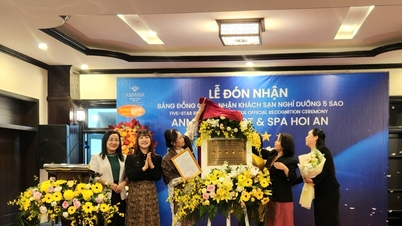

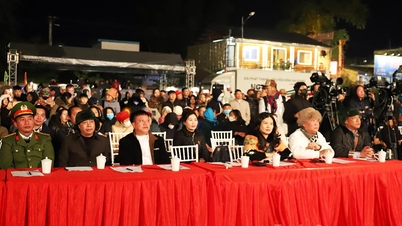
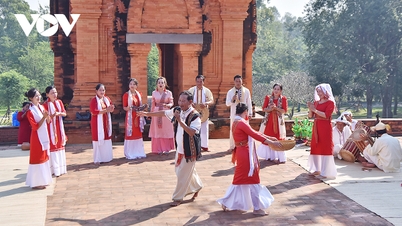



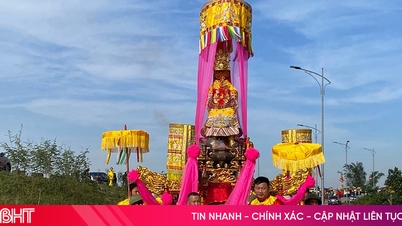








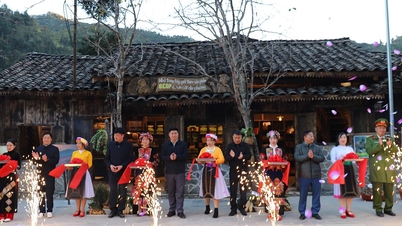



































































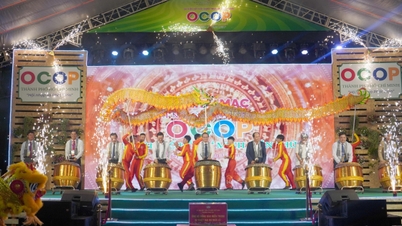









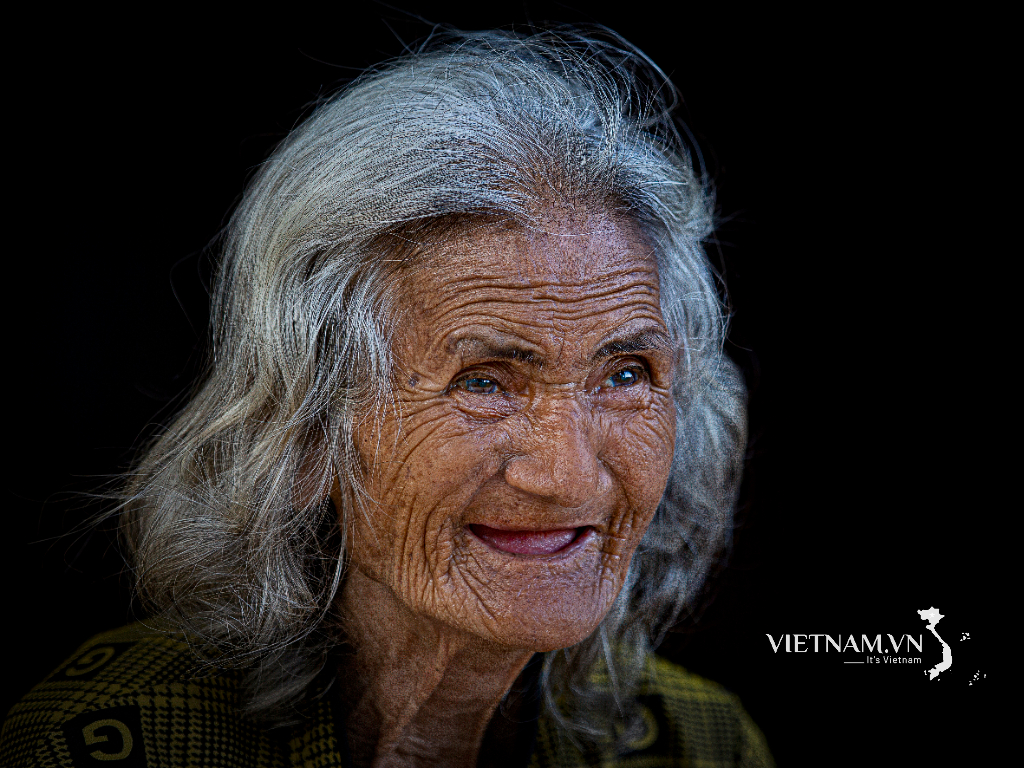

Comment (0)